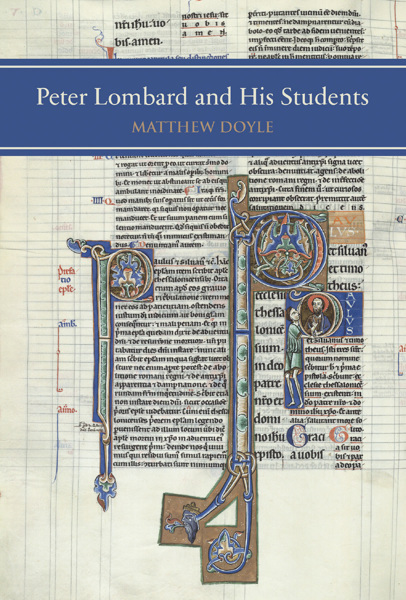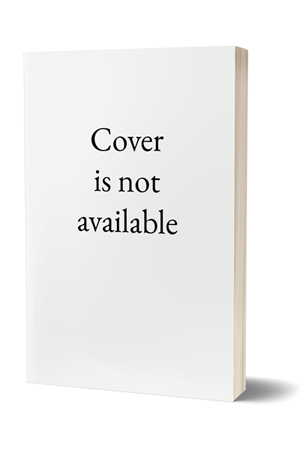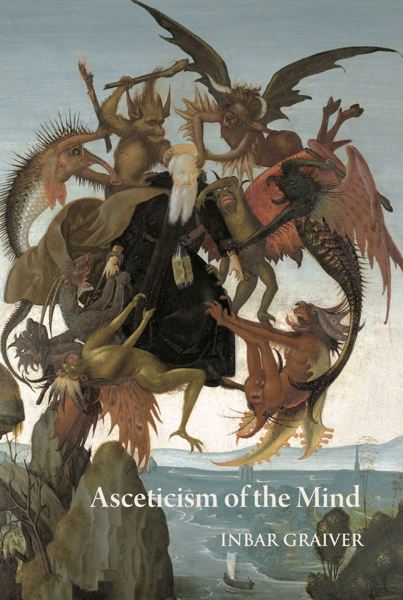
Johann Buxtorf
Johann Buxtorf, Impresario of Hebrew and Jewish Books
Anthony Grafton, Johanna Weinberg (eds)
- Pages: xii + 276 p.
- Size:152 x 229 mm
- Language(s):English
- Publication Year:2025
- € 102,00 EXCL. VAT RETAIL PRICE
- ISBN: 978-0-88844-239-0
- Hardback
- Available
Anthony Grafton is the Henry Putnam University Professor of History at Princeton University. His many books include Inky Fingers: The Making of Books in Early Modern Europe (2020), The Culture of Correction in Renaissance Europe (2011), and studies of Joseph Scaliger, Henricus Glareanus, Leon Battista Alberti, and Girolamo Cardano. He is co-editor, with Glenn W. Most, of Canonical Texts and Scholarly Practices: A Global Comparative Approach (2016) and, with Geri Della Rocca de Candal and Paolo Sachet, of Printing and Misprinting: A Companion to Mistakes and In-House Corrections in Renaissance Europe (1450–1650) (2023), among other books.
Joanna Weinberg is Professor Emerita of Early Modern Jewish History and Rabbinics at the University of Oxford and Fellow Emerita at the Oxford Centre for Hebrew and Jewish Studies. Lecturer in Hebrew at Exeter College, Oxford, she is also Honorary Fellow of the Bodleian Centre for the History of the Book. She is co-author, with Anthony Grafton, of “I have always loved the holy tongue”: Isaac Casaubon, the Jews, and a Forgotten Chapter in Renaissance Scholarship (2011) and co-editor, with Piet van Boxel and Kirsten Macfarlane, of The Mishnaic Moment: Jewish Law among Jews and Christians in Early Modern Europe (2022).
Johann Buxtorf was a Hebrew scholar of prodigious energy and learning who believed that Christian scholars must master not only the Hebrew Bible but also the entire range of Jewish writing. He surveyed a vast corpus of Jewish texts and used them to describe the customs and ceremonies of Ashkenazic Jews. Working as an editor and a censor, he strove – not always successfully – to produce editions of the Hebrew Bible and prayerbook that contained the best of Jewish learning but were purified of anti-Christian sentiments. This book uses unpublished sources of many kinds, from Buxtorf’s marginal notes in his Jewish books to letters to him in Hebrew from Jewish print professionals, to tell his story.
List of Figures
Abbreviations
Acknowledgments
Introduction
A Vocation for Hebrew
Chapter One
Johann Buxtorf Makes a Notebook
Chapter Two
Compilation and Observation in Buxtorf ’s Synagogue of the Jews
Chapter Three
Guides to Reading Jewish Texts: Buxtorf the Bibliographer
Chapter Four
In the Printing House: Buxtorf the Bookman
Chapter Five
Buxtorf and Censorship
Chapter Six
Tiberias: Buxtorf on the Masoretic Vowel Points and Accents
Conclusion
Appendix 1 Buxtorf ’s Conversations with Informants
Appendix 2.1 From Jüden Schul to Synagoga Judaica: The Additions of the
Younger Buxtorf
Appendix 2.2 The Letter of Shemaiah to Buxtorf the Younger
Appendix 3 Abraham Braunschweig’s Apology
Bibliography
Index



